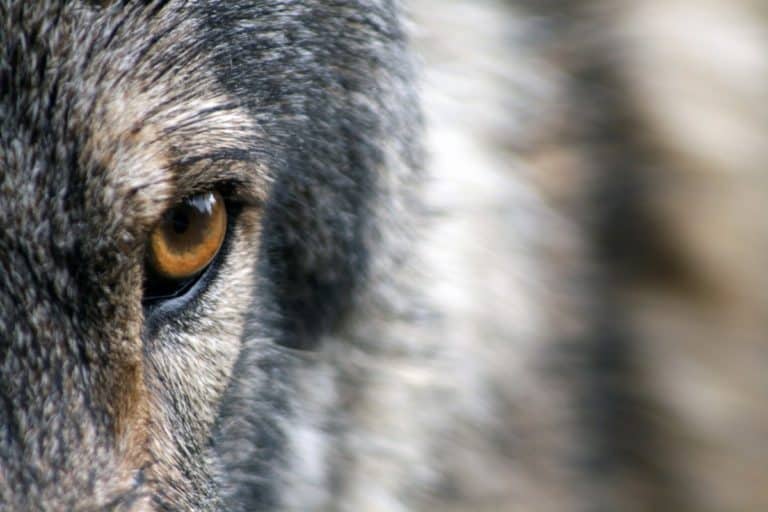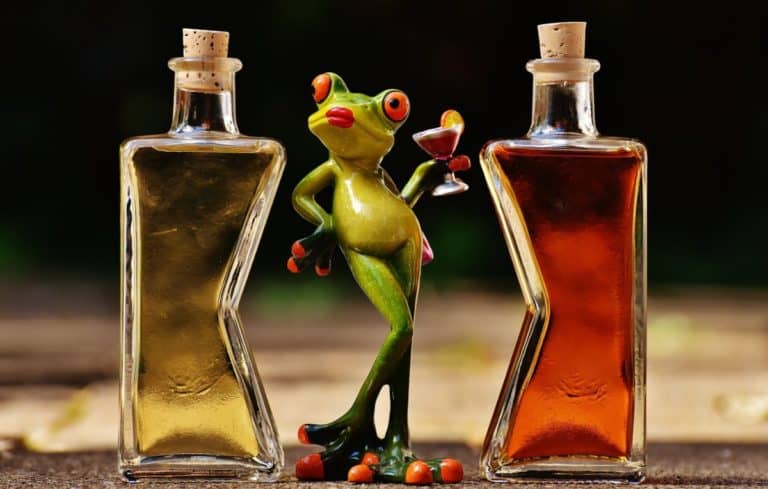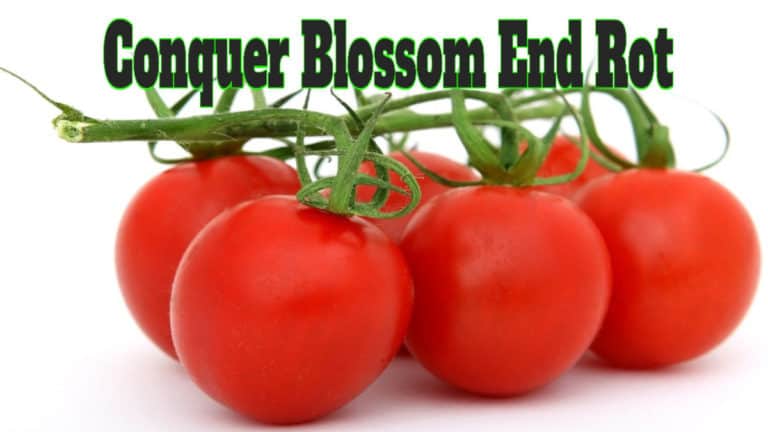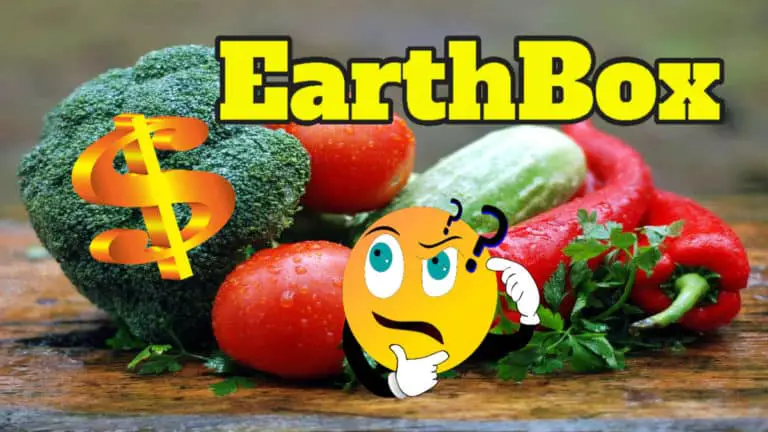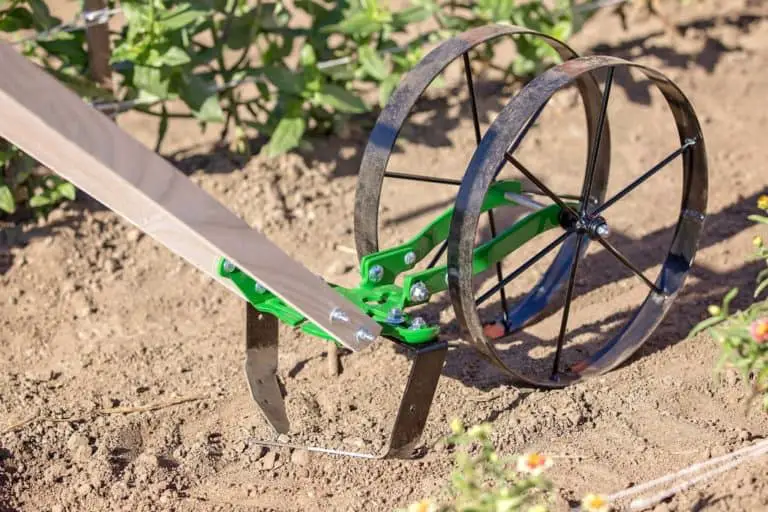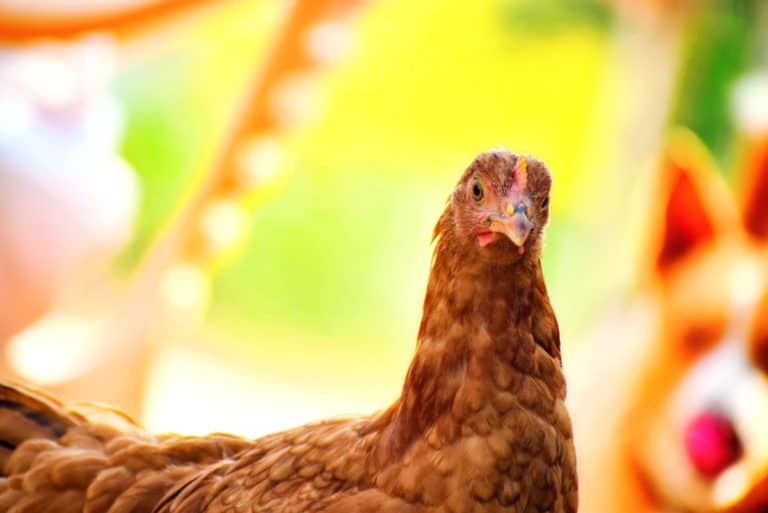
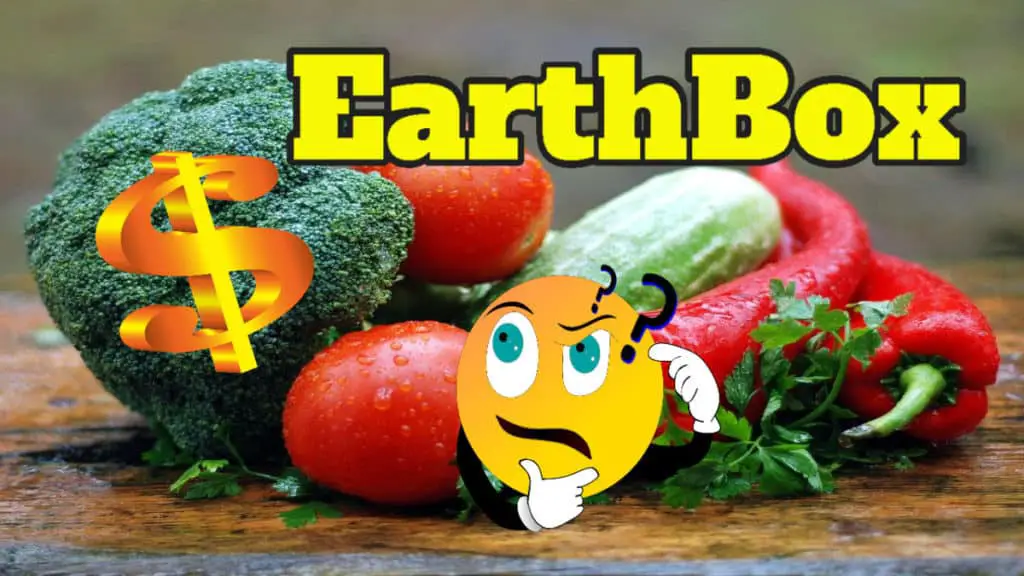
Many are entering the world of container gardening now because in most cases, it is much less labor-intensive. However, a poorly designed garden container will have much more labor input than a well-designed one. The EarthBox container gardening system has been around since 1994 and has been implemented all over the world. We will explore the world of container gardening and see if the EarthBox is still the king.
The EarthBox Gardening System is a self-contained garden that is designed to be simple and foolproof, making it perfect for those who have never gardened before. It is used by many seasoned gardeners as well. Because it is self-contained, EarthBoxes bring a welcome respite to places where poor soil or weather makes agricultural practices difficult.
Benefits of an EarthBox include it’s being a low maintenance, low effort, portable, self-contained, foolproof, and weather-proof way to garden. It’s a virtually weed-free system allowing even a novice to produce marvelous results with a small amount of energy.
Whether you’re a seasoned gardener or if you’ve never planted a seed in the ground, there is something magic about a simple container garden. Container gardening allows you to garden on your terms. Who can argue with that?
In this article, I’ll mainly be talking about vegetables, but the EarthBox System is an amazing planter for both annual and perennial flowers, as well as some fruit varieties.
These are a few examples of the types of plants that can be grown in an Earth Box and how many of each plant can be grown in one container.
| Type of Plant | Plants Per EarthBox |
| Eggplant, Tomatoes, Zucchini, Squash | 2 |
| Cucumbers, Melons Winter Squash | 4 |
| Peppers, Broccoli, Cabbage Cauliflower, Collard Greens | 6 |
| Flowers, Head Lettuce Okra, Leeks | 8 |
| Beets, Onions Spinach, Turnips | 10 |
| Beans, Carrots, Corn, Garlic, Peas, Radish | 16 |
The Benefits Of The EarthBox Gardening System
In a traditional garden when a plant is watered, the water is transient. The roots of the plants can use the water while it is available, but gravity and other factors pull the water downward into the soil and away from the roots. Therefore, when a garden is watered, the plants only get a small percentage of it. The rest just soaks down into the groundwater.
With water becoming a precious commodity, wasting it is not prudent. But it is expensive. I have a water well on my property. My gardens, fruit trees, and blackberries are irrigated from my well. If I did not have my well, I could not afford to have an extensive garden and fruit production. Water is expensive, and in the coming years will become even more so.
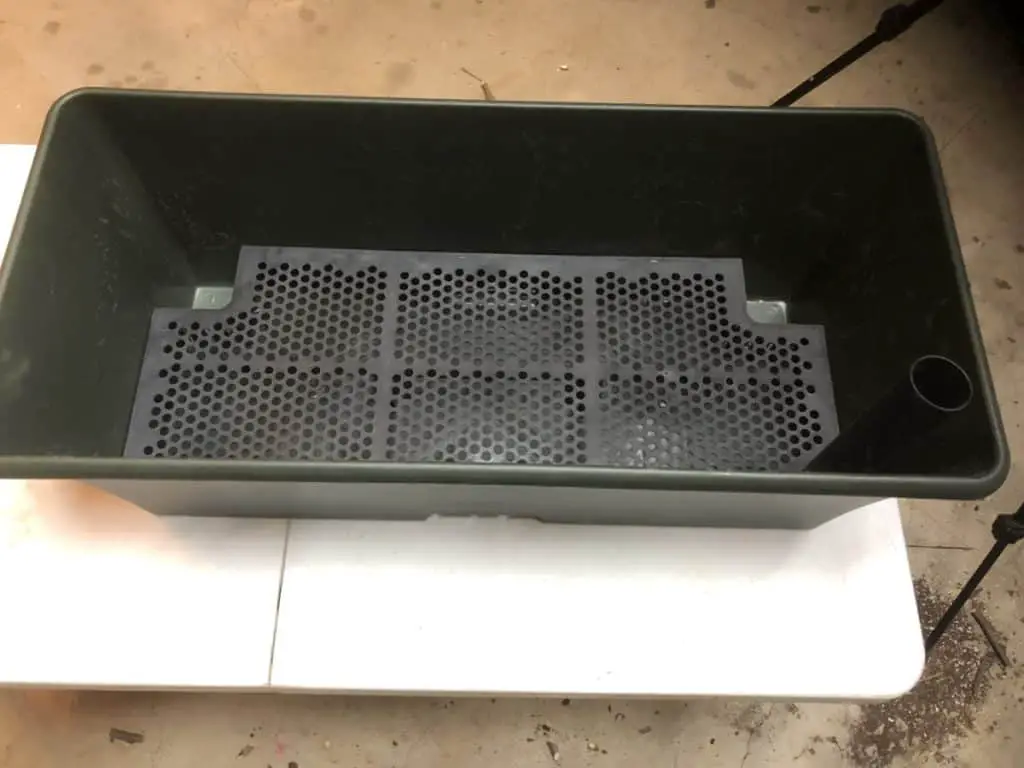
That’s how the water is delivered to the plants
Water can also be damaging. One of the main reasons the EarthBox was created was from the destruction that excessive rainfall had on the inventor’s tomato crop. His name was Blake Whisenant, and his farm is located in Florida,
A hurricane struck one year and completely flooded the entire tomato crop. They lost just about everything. He knew that (because of the unpredictable rainfall Florida has) a self-contained system could be the only thing that was certain to withstand the heavy rains a hurricane can bring. Short of a tornado or hurricane blowing them into the next county, they are impervious to weather.
That’s how the EarthBox was born. Since the EarthBox has a cover, heavy rain just runs off. Any rain that does get in the EarthBox will just run out of the overflow anyway.
Also, because of the cover, there is little to no chance weeds will be a problem. Weeds are probably the worst part of gardening, and this little system just about eliminates them! That alone knocks out much of the work of a gardener.
They are so easy to set up and plant that a child could do it. They allow more plants per square foot than traditional gardens or garden beds, making them perfect for patios, balconies and small back yards.
How It Is Designed
There are a few different EarthBoxes to choose from, but for the sake of this article, we will be talking about the “Original”. The original EarthBox is only 29” long, 13.5” Wide and 11” deep, yet, as you can see in the chart above, it will grow an amazing amount of food in that small footprint.
There are three layers in an EarthBox: Water, Air, and Soil. The water reservoir will hold about three gallons of water. Above that, there is an air space of about 1/2 to 3/4 of an inch. That airspace allows the roots to “air-prune”. Air pruning is something we will talk about a little later, but it is one of the main factors that give the EarthBox it’s productivity.
Its self-contained design allows it to store all the water the plants will need, and deliver it to the plant through an ingenious wicking system. The wicking system draws water from the reservoir up to where the roots of the plants can utilize it.
EarthBoxes also come in several different colors to help you match your designing scheme. And, they come in several different configurations, like the EarthBox Junior (a little smaller) and even one designed for root crops like potatoes.
No Repeated Fertilization
With the EarthBox, It’s only necessary to fertilize at planting. Just one fertilization will feed the plant throughout the growing season. Most of the time I fertilize my vegetables in my garden once every week or two. With the EarthBox that is completely unnecessary. One application of fertilizer is all that is needed for the entire season. Here is a well-known fertilizer at Amazon. Each EarthBox needs only ONE pound of fertilizer!
Since fertilizer is pretty expensive, this is a money-saving attribute. And, only one pound of fertilizer is used in the initial application. Both organic and commercial fertilizers can be used. Because of the way the water flow and fertilizer work together, it is not recommended that time-released fertilizers are used in the EarthBox System. Water-soluble fertilizer could be introduced through the Water Fill tube, but it’s really not necessary
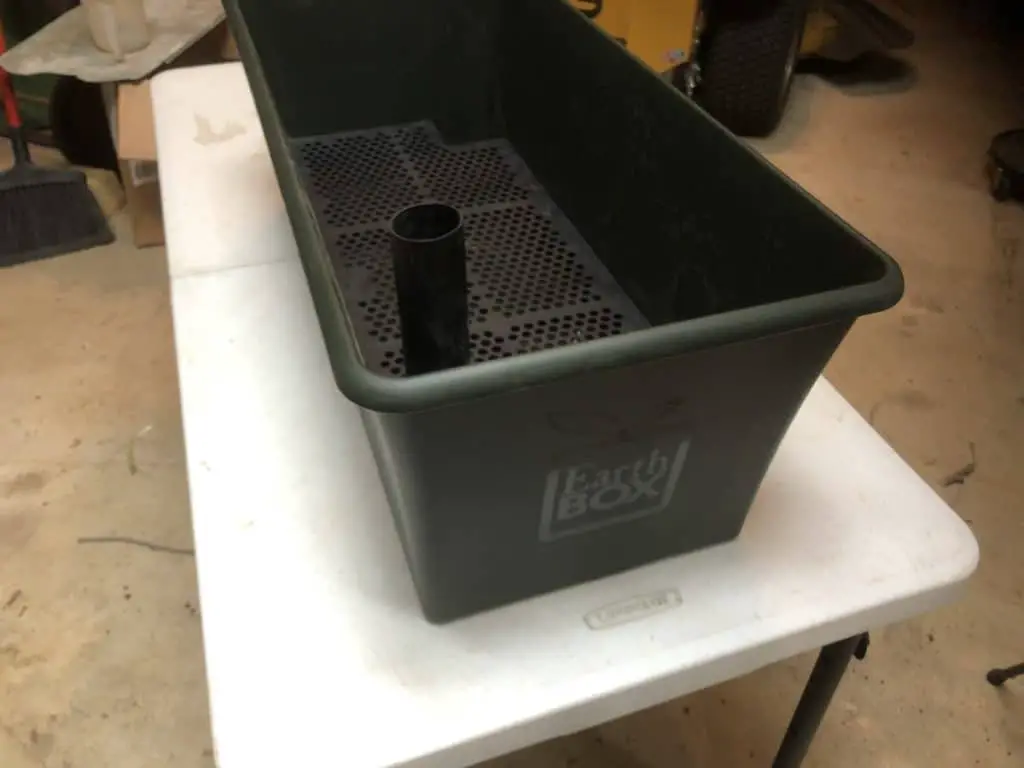
Bottom Watering
Because the EarthBox has its own water reservoir there’s no need to depend on rainfall. As I said before, the water reservoir holds about three gallons of water. Typically, that is enough to feed the box for several days. In the hot summertime, in some regions, it might have to be filled more often.
It is recommended that the EarthBox never be allowed to go dry. To remedy that (and to make it more hands-free) an automatic watering system is available as an accessory. However, such a watering system can easily be constructed from items found at big box stores.
Many vegetables such as tomatoes and beans can possibly become diseased from overhead watering. That’s just one of the reasons “bottom watering” is an advantage.
Long-Lasting Design
The earth box is designed to last 15 years or more. There are reports of those that have been using their EarthBoxes for 20 years without any significant decay in its construction. Very few container gardens, especially homemade ones, will enjoy that type of longevity.
Most homemade containers that try to mimic the EarthBox are made from plastics that are not designed to withstand UV sunlight. Therefore, they do not last very long and will have to be replaced.
Reusable Growing Medium
The growing medium (the potting mix) can be used and reused for many years in the same box. That allows you to save money by making the initial investment of potting mix a one-time purchase that will last several years.
The EarthBox will hold 2 cubic feet of potting medium. That is about a 15 gallons capacity. This gives the roots plenty of room to expand in the box and develop. That root development will provide the nutrients needed to produce large amounts of vegetables (or flowers).
The Miracle of Air Pruning
You may never have heard of “Air Pruning”. Air Pruning happens when roots hit a layer of air. Roots will not continue to grow when they encounter are. Roots will thrive in soil and they will also thrive in water as is the case in aquaponics. But they will not grow when they meet a layer of air.
When that happens, the roots stop, forcing the plant to produce new roots. Just like when we prune a fruit tree and if forces new growth, the same is true with Air Pruning. New root growth is spurred by the air pruned roots.
The longer roots that have air pruned do not die, they just don’t grow any longer. But new roots are added to the plant’s root system causing the root system to become massive… much greater than it would be without air pruning. This is one of the greatest benefits of air pruning… An expanded root system. And as is almost always the case, a greater root system means greater production.
More Production Per Square Foot
The EarthBox Growing System will allow a greater amount of plants per square foot. For instance, when planting tomatoes the recommended plant spacing is about 3 ft. An EarthBox will have 2 tomatoes planted within its length (29 inches). But, An even greater space-saving advantage comes with the production of peppers.
The EarthBox recommends planting six pepper plants in one box! In a traditional garden, peppers are typically spaced similarly to tomatoes at about two-and-a-half to three feet apart. Having six pepper plants within a 29-inch area increases the amount of production per square foot exponentially.
To a certain extent, you can even mix vegetable varieties within a single EarthBox. You do have to take in consideration that some plants are larger (taller) than others and could shade the smaller plants out. To keep that from being a problem, you might want to grow larger plants with larger plants, and smaller with smaller, even if they are different varieties. Many folks use the EarthBox for a self-contained Herb Garden.
Portability
Because the EarthBox is portable (casters are optional) The Gardener can move it to a location that receives more sun as seasons change. That in itself can extend the growing season of many vegetables.
Portability also allows for bringing plants inside if there is an unexpected frost. Having the ability to save your plants if there is a late frost is huge. Think of the cost and labor that went into starting those little seedlings. Instead of going outside and covering the garden and hoping for the best, your plants can be carried inside the garage or other structure for safety.
Available Accessories
There are many available accessories for your EarthBox including trellises for vining crops such as pole beans, also frost covers, plant support stands, automatic watering systems, protective nets, and as mentioned above casters for easy mobility. They have really thought about just about everything a gardener might need.
Is EarthBox Affordable?
The EarthBox is designed to last for years, even decades.
As with any container garden, the upfront purchase of a potting mix is an expense not found in traditional gardening, but there are many different potting mix options available. Potting Mix that does well in an EarthBox can be found here at Amazon (affiliate link).
You can purchase an EarthBox in a package that will include the potting mix, the fertilizer, the Dolomite lime, and everything else you need to get started.
That’s not the way I purchased mine. I bought just the EarthBox itself. I did not buy any potting mix or fertilizer or lime. I purchased those locally and probably saved some money on the product and the shipping.
An EarthBox (just the EarthBox by itself) is about $32. It is ready to go and assembles in literally seconds. If you add the package of fertilizer, lime, and castors, the price increases to about $55. If you add their recommended potting mix to the package it increases to about $62.
If it was to be used for only one season, of course, that would be cost-prohibitive. But considering that this box will be used for a decade or two the price becomes less a factor.
As someone who has recently tried to fabricate my own version of the EarthBox, I can tell you that the time and money spent on that project trying to save a few dollars is not worth the effort. And, in buying the EarthBox, you’re getting a system that is well designed and works so well that many others (like me) have tried to copy it, even commercially.
For that reason, I will not be building any more EarthBox clones. If I need more (I have 10 now) I will purchase them. Trying to knock off a proven design is just not worth the expense and effort.
For more information, you can check out their website HERE
And for a list of their products at Amazon, Click HERE.
I hope you have found this article informative. I have almost 900 videos on my YouTube Channel dealing with all aspects of gardening including container gardening.
